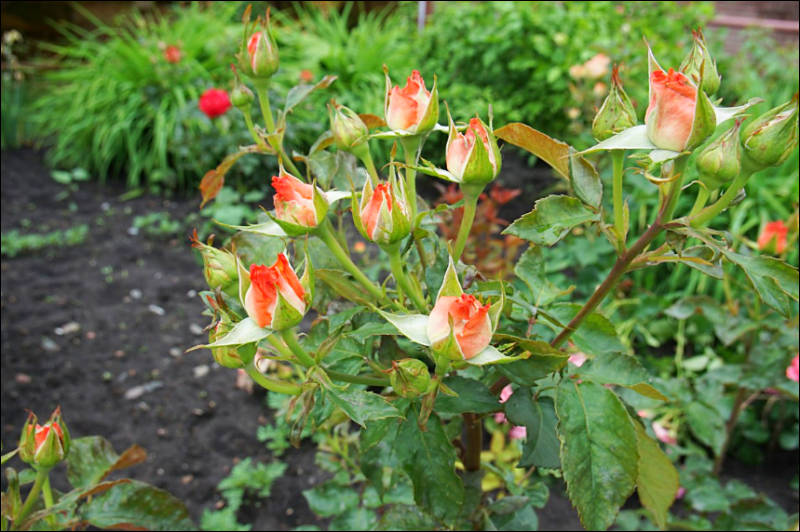
-
@bleach551 in your last post when you say: ("So if I can get the in-camera contrast I want with the dynamic range I want with little to no increase in noise, why not do it.") It is interesting to see that you is following the same way I am, to get the image with best grading from the camera instead of grading in computer.
I missed your 13 picture profiles test. The download link is broken. The 5n does not have all these styles so I am curious to see... A small standard definition version would be enough, just to see the dynamic range and color differences among the 13 picture profiles...
-
Here is the link again:
I think wetransfer only keeps files for a limited time so I uploaded the files again.
I have always believed that it was better to get as close in-camera to the final look that you wanted instead of shooting a "flat" Milky image. Then you have process a codec that was never meant to be heavily post processed to begin with.
You would have increase saturation more than normal, due to using the lowest in-camera saturation settings. Next, you have to increase contrast more than normal, due to using the lowest in-camera contrast settings. Further, you have to increase sharpness more than normal, due to using the lowest in-camera sharpness settings because to most, in theory, all in-camera sharpening is "Bad".
Now this all hinges of the belief that everyone has the same level of post-processing skills, especially In the area of sharpening. There are guys who simply use a "sharpening" effect with levels 1-5 or 0-100. There are guys who use "Unsharp Mask" With settings for "Amount", "Radius" and "Threshold". Then you have the guys who use multiple adjustment layers, masking, with some exotic 10 or 15 stage sharpening technique that uses program functions most have never heard of let alone ever used. To these group of guys my thing is, If you have to go through all this to get the sharpness you desire from your camera, the camera that you are using might not be the camera for you to begin with. Better lenses may also be the answer.
Judge for yourself what you believe can best be done in-camera and what can best be done in post.
-
@bleach551 Thanks for uploading again. I saw in the wetransfer that they keep the files for just one week in the free account.
Sony did a great job in the A6000 profiles/styles...
The sunset gives a beautiful gold cast to the image, similar to a Rosco Straw gel, it makes me remember the apefoscope gold coated flares... would be a great combo. It seems the A6000 sunset is less strong in the color cast than the 5n and it makes the image more useful for more situations. I liked it a lot.
The vivid is similar contrast compared to sunset, but no straw cast, I like it also. The strong contrast without crush the blacks makes the image pop...
I did not like the portrait so much, so much flat for my taste.
I think the standart will be the workhorse for situations when dynamic range is the main goal, shadows are more lift and highlights are more preserved than vivid, but not so flat compared to portrait, good balance for dynamic range situations.
The neutral lifts the shadows a little compared to standard, but things start to get flat, maybe useful for shadow/highlight situation. for the flower scene I prefer the standard than neutral. Also the neutral lower the color so much...
The night is very interesting profile. it lift the shadows gamma and lower the highlight gamma, whitout flatten the image, very useful for dark streets with lamps and car lights
The light style will be useful for shadows and dark scenes, it lifts everything without flatten, this is great, but no good if there is highlights in the scene.
The sepia is a special effect...
you uploaded 8 profiles/styles... and there are 13 in total, maybe the upload zip file is missing the following profiles: Clear, Autum, Deep, Landscape and B&W... oh... now I see, you updated the zip... downloading again...
You wrote funny text about image grading in post. I think the same, the codec was not made for this and not all people have skill to do it, and even with lots of talent it is a hard work to do... most times you need to increase contrast just in shadows or just in highlights and creating a custom curve to do it is complex task. I think people will be exited about the SLog2 in the A7s and we will see lots of videos showing slog2 graded with cliped highlights and crushed shadows due to wrong grading in post. And I think the standard or neutral with DRO5 and lowering highlights in post from 110 IRE to 100 IRE will deliver the same dynamic range compared to SLog2 without the need of post grading... I think that more than 12 fstops dynamic range with in camera grading or post grading will be something for future technology, new sensors to come or HDR video merging two streams...
The "in camera grading" concept we are talking about is what I used to develop the Cook Picture Styles for Canon DSLR. Interest thing is the sony nex does this with the combination of Profiles, DRO and the Super White, and no need to create custom profiles.
-
The first link I posted was for,I think, only 15 clips because I forgot to highlight all of the clips in the folder that they were in. The new link above is for all 26 clips.
I hadn't used any thing but the "Neutral" "Light" and "Potrait". I always try "Neutral" ,Which seems to be in every camera, and "Portrait", which was available in the D7000, D7100 and I believe in the 7D and GH1 I owned.
"Neutral", in the A6000, looked good when I first started using the camera. However, after using it for a while, I found it somewhat hard to get the rich vibrant, but not overly saturated, colors that I liked. I also thought the "Neutral" crushed the blacks a little much and that the overall image wasn't dynamic enough.
"Light" I tried and as you mentioned it seems to increase the highlights and i believed the mid-tones as well. This was good with scenes that had a low amount of contrast but bad in already contrasty scenes.
"Night", as you mentioned, is good for night scenes. Scenes where you need the shadows lifted but the highlights controlled to possibly control the "blooming" of light sources at night.
"Standard" I like for its color in the D7000 and D7100. However, I always thought it crushed the blacks too much so I never used it. I haven't spent much time with this profile in the A6000, but since you seem to think so much of it I will give it a hard look.
"Portrait" is the picture profile I am liking now because I think it gives one of the best dynamic ranges. I like the colors and I like the separation in the highlights and shadows, as well as the amount of detail in the shadows. I also like its color accuracy when used with "Auto" white balance in sunny day scenes. The only problem that I have found with the "Portrait" profile is that it seems to "over saturate" greens on low contrast days (cloudy or raining days) and it seems to push greens more toward blue.
I still believe that it is best to get as close in-camera to the final look you want than to shot very flat and hope that you can get the final look you want in post. Some guys can do a marvelous job in post other guys just turn it into shit. Some might say I am disciplined for knowing what I what ahead of time, others might say I just a lazy fuck. I think I am both. I try to do as little in post as I possibly can.
I think the A6000 does very well in lowlight, when used with The DRO function. However, I still don't think it will be any where near the same class as the Alpha 7S but only time will tell.
-
I got the other profiles in the new download link. Sony did a great job creating these profiles, just amazing. all profiles are great, just a matter of taste and situation. makes me want to buy the a6000 and dream about the a7s...
i think the usable isos for the a7s will be 12800 for a safe noise and 25600 for a limit in denoise quality. i do not expect quality in more than this. the pixel density comparison from a6000 to a7s is the a7s pixels size are 4.7 times larger, so, if the 3200 iso in a6000 is the maximum with good quality denoise, 3200 x 4.7 will give us a great quality in iso 16000 maximum in a7s. and if 6400 is the limit for safe denoise in a6000, 6400 x 4.7 will give us 32000 iso as safe limit for denoise in a7s. i do not expect more than this. also i do not expect more than 11 or 12 fstops dr even with slog2, I think a6000 with a good focal reducer is the way to go for the low budget people. the low light performance will be at a maximum 2 fstops difference and dynamic range will be the same. a6000 is more than good enough.
thanks for all your tests @bleach551
-
I hoped that they helped you and other members trying to decide on getting the A6000 to make a somewhat informed decision. I think the A6000 is very good for the 1080P camera that it is. It won't outperform the Gh4 with its 4K capturing capabilities and High Bit rate 1080p. It won't also outperform the A7S with it Slog-2, supposed 15.3 stops dynamic range, XAVC 50mbps codec and full frame sensor. However, for now, its all the camera that I need.
-

 v112.jpg800 x 532 - 95K
v112.jpg800 x 532 - 95K -
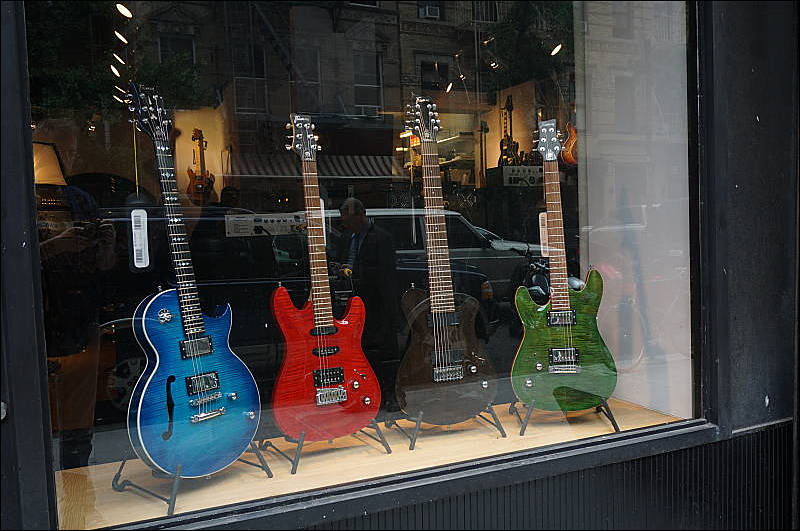
Sony has a real hit with the Alpha 6000. It offers a good, advanced user interface (with previous flaws now fixed), excellent versatility, very good overall performance, highly competitive autofocus for both stationary and moving subjects, excellent video capabilities and great images.
http://www.imaging-resource.com/PRODS/sony-a6000/sony-a6000-shooters-report-part-iii.htm

 v140.jpg800 x 531 - 84K
v140.jpg800 x 531 - 84K -
A6000 with HDMI. I recently bought a cheap Hyperdeck shuttle and tried it out on the A6000. At first I thought it was going to be a problem as the camera shuts off the screen/evf when connecting HDMI but then discovered that the camera switches to playback mode when connected. So switch back to camera and good to go. Its a pain and not sure why the a6000 does this.
HDMI is clean. Looks to me that (like the VG20) is that there is a bit more detail with a less processed look. Its still processed though as you still can get the facechaser box pop up...so switch facechaser off!
Dont expect miracles but at least its an improvement on the in cam codec (which ive found to be a little muddy on high detail shooting.
If anyone wants me to I can try upload some external footage/original footage I can do.
-
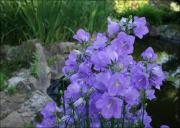
 sample15.jpg800 x 568 - 81K
sample15.jpg800 x 568 - 81K -
Look like a bestial improvement in video. But I have a question, as owner of a 5N I know the cameras from Sony suffer of overheat when recording video, have improved this or continues overheating?
-
I have the A6000 and I have used it from 10AM to around 5PM for a little over a month with no overheating problems.
-
@bleach551, thanks. This camera seems very serious, I have a NEX-5N (a great camera) and this look like a great improvement, but I'm not entirely convinced of the colors at video, I will continue seeing more tests.
-
Here is a video I did with a Mitakon Nikon to Nex focal reducer. I think the colors of the A6000 are pretty good, but you may have to adjust the color matrix for whatever white balancing settings you use to get the best colors. I found that the A6000 in the "Auto White Balance" mode took longer to do so than the D7100 I previously owned.
-
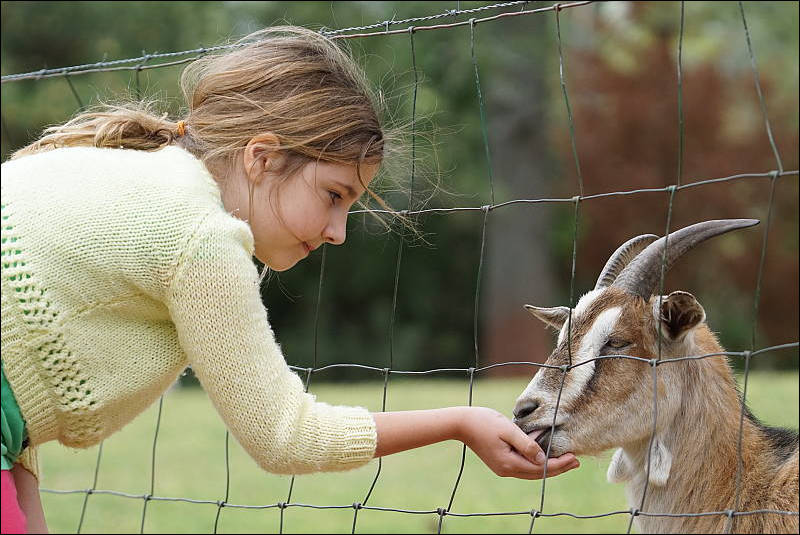
Sony has made major improvements in the usability of the Alpha A6000 compared to previous NEX cameras. There's a new, much more efficient menu system and the ability to memorize and recall banks of user settings. Several important shooting functions are now much more directly accessible, including exposure compensation and toggling between autofocus and manual focus. In short, for mid-level and advanced photographers, the usability of the A6000 is now on par with other good advanced cameras.
Biggest advance in the Sony A6000 is its improved Fast Hybrid AF system. It boasts 179 phase-detect and 25 contrast-detect AF points, which together cover upwards of 90% of the full height and width of the frame. The camera focuses nearly instantaneously on stationary subjects and does a good job following moving subjects and sports action. While the system functions at 11 frames-per-second, we consistently got about 4-6 sharp frames-per-second in our test shoots of runners, bicycling, soccer, football, and more.
http://www.imaging-resource.com/PRODS/sony-a6000/sony-a6000A.HTM

 cons37.jpg800 x 535 - 82K
cons37.jpg800 x 535 - 82K -
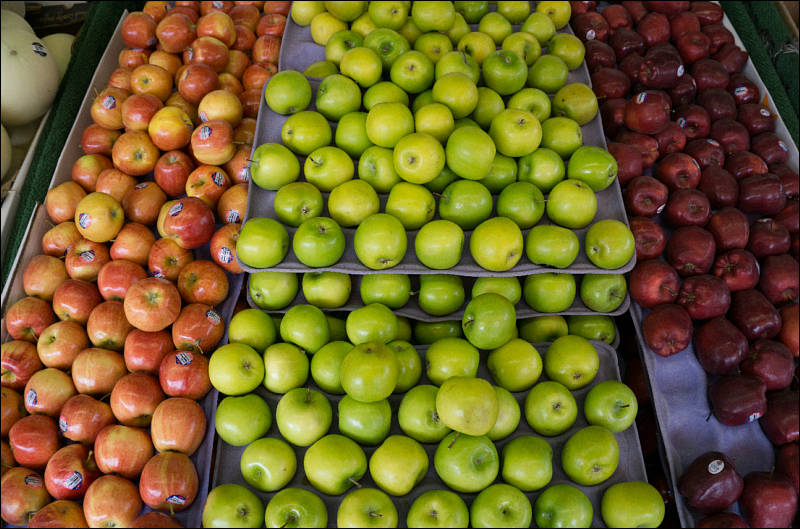
Sony’s a6000 is a terrific all-purpose camera. Priced just above entry-level DSLRs, its advantage in size and weight over those cameras justifies the extra bucks. Compared with other ILCs in this price range, the a6000 offers detailed images, a great control system, and convenient wireless capabilities.

 cons41.jpg800 x 529 - 99K
cons41.jpg800 x 529 - 99K
Howdy, Stranger!
It looks like you're new here. If you want to get involved, click one of these buttons!
Categories
- Topics List24,042
- Blog5,725
- General and News1,377
- Hacks and Patches1,153
- ↳ Top Settings33
- ↳ Beginners256
- ↳ Archives402
- ↳ Hacks News and Development56
- Cameras2,384
- ↳ Panasonic995
- ↳ Canon118
- ↳ Sony156
- ↳ Nikon96
- ↳ Pentax and Samsung70
- ↳ Olympus and Fujifilm102
- ↳ Compacts and Camcorders300
- ↳ Smartphones for video97
- ↳ Pro Video Cameras191
- ↳ BlackMagic and other raw cameras132
- Skill1,960
- ↳ Business and distribution66
- ↳ Preparation, scripts and legal38
- ↳ Art149
- ↳ Import, Convert, Exporting291
- ↳ Editors191
- ↳ Effects and stunts115
- ↳ Color grading197
- ↳ Sound and Music280
- ↳ Lighting96
- ↳ Software and storage tips266
- Gear5,420
- ↳ Filters, Adapters, Matte boxes344
- ↳ Lenses1,582
- ↳ Follow focus and gears93
- ↳ Sound499
- ↳ Lighting gear314
- ↳ Camera movement230
- ↳ Gimbals and copters302
- ↳ Rigs and related stuff273
- ↳ Power solutions83
- ↳ Monitors and viewfinders340
- ↳ Tripods and fluid heads139
- ↳ Storage286
- ↳ Computers and studio gear560
- ↳ VR and 3D248
- Showcase1,859
- Marketplace2,834
- Offtopic1,330




